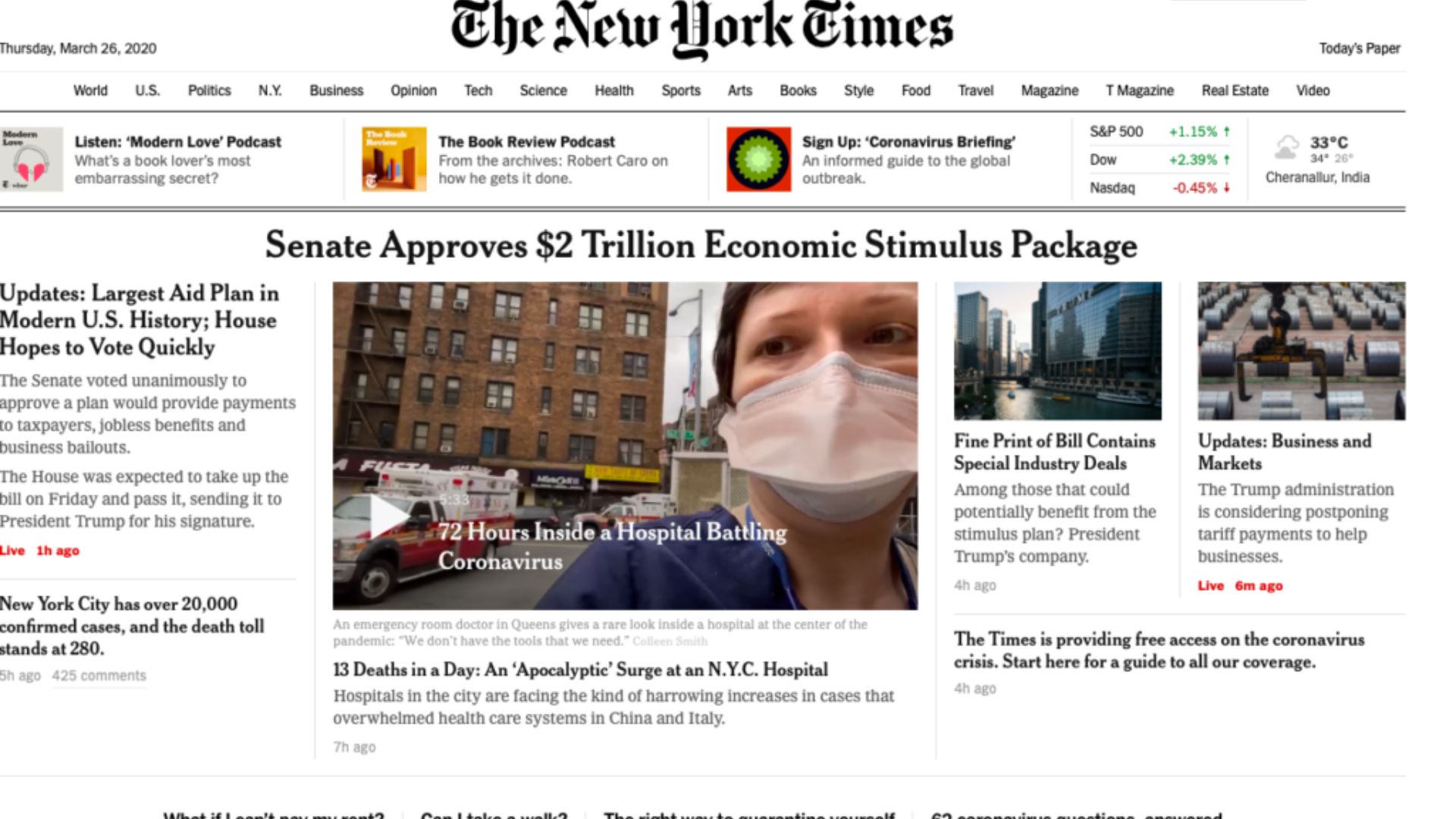Designing an engaging product page is crucial for e-commerce websites as it directly impacts the conversion rate and customer experience. Here are some tips to help you create an engaging product page:
- Clear and Attractive Product Images: Use high-quality, professional product images that allow customers to see the product from different angles. Include zoom and hover-over features to provide a closer look. Multiple images or image galleries can showcase various product features, colors, or styles.
- Persuasive Product Descriptions: Write compelling and informative product descriptions that highlight the key features, benefits, and unique selling propositions. Use persuasive language, bullet points, and formatting to make the information scannable and easy to read.
- Utilize Customer Reviews and Ratings: Display customer reviews and ratings prominently on the product page. Genuine customer feedback provides social proof and builds trust in the product. Consider using visual icons or badges to highlight products with high ratings or positive reviews.
- Clear Pricing and Add-to-Cart Button: Clearly display the price, any discounts or promotional offers, and the call-to-action button to add the product to the cart. Make the add-to-cart button noticeable and easily accessible, guiding customers towards taking action.
- Detailed Product Specifications: Include a section with detailed product specifications such as dimensions, sizes, materials, or technical specifications. This helps customers make informed buying decisions and reduces the chances of post-purchase dissatisfaction.
- Related Products or Upsell Opportunities: Incorporate a section that suggests related products or offers upsell opportunities. This encourages customers to explore additional options, leading to increased cross-selling and potentially higher order values.
- Shipping and Return Information: Clearly communicate shipping options, costs, and estimated delivery times. Provide an easy-to-find link to your return or exchange policy, explaining the process and any associated costs. Addressing these concerns helps build trust and reduce customer anxiety.
- Clear Call-to-Action Buttons: Besides the add-to-cart button, consider including additional call-to-action buttons, such as “Buy Now” or “Add to Wishlist.” These options provide flexibility for customers and cater to different buying preferences.
- Mobile Responsiveness: Optimize the product page for mobile devices, ensuring a seamless experience for users browsing on smartphones or tablets. Make sure the layout, images, and buttons are properly scaled and optimized for smaller screens.
- User-Friendly Navigation and Search: Include intuitive navigation menus and a search bar to help customers easily find what they are looking for. Implement filters and sorting options to streamline the product selection process, allowing customers to narrow down their choices effectively.
- Trust Badges and Security Assurance: Display trust badges, security icons, or SSL certification to reassure customers about the safety of their personal information and payment details. These elements help establish trust and credibility, especially during the checkout process.
By implementing these tips, you can design an engaging product page that effectively showcases your products, triggers customer interest, and leads to higher conversions on your e-commerce website. Remember to continuously analyze user behavior, gather customer feedback, and optimize the product page based on data-driven insights to improve its performance over time.










